The Hartford 2012 Annual Report Download - page 112
Download and view the complete annual report
Please find page 112 of the 2012 The Hartford annual report below. You can navigate through the pages in the report by either clicking on the pages listed below, or by using the keyword search tool below to find specific information within the annual report.-
 1
1 -
 2
2 -
 3
3 -
 4
4 -
 5
5 -
 6
6 -
 7
7 -
 8
8 -
 9
9 -
 10
10 -
 11
11 -
 12
12 -
 13
13 -
 14
14 -
 15
15 -
 16
16 -
 17
17 -
 18
18 -
 19
19 -
 20
20 -
 21
21 -
 22
22 -
 23
23 -
 24
24 -
 25
25 -
 26
26 -
 27
27 -
 28
28 -
 29
29 -
 30
30 -
 31
31 -
 32
32 -
 33
33 -
 34
34 -
 35
35 -
 36
36 -
 37
37 -
 38
38 -
 39
39 -
 40
40 -
 41
41 -
 42
42 -
 43
43 -
 44
44 -
 45
45 -
 46
46 -
 47
47 -
 48
48 -
 49
49 -
 50
50 -
 51
51 -
 52
52 -
 53
53 -
 54
54 -
 55
55 -
 56
56 -
 57
57 -
 58
58 -
 59
59 -
 60
60 -
 61
61 -
 62
62 -
 63
63 -
 64
64 -
 65
65 -
 66
66 -
 67
67 -
 68
68 -
 69
69 -
 70
70 -
 71
71 -
 72
72 -
 73
73 -
 74
74 -
 75
75 -
 76
76 -
 77
77 -
 78
78 -
 79
79 -
 80
80 -
 81
81 -
 82
82 -
 83
83 -
 84
84 -
 85
85 -
 86
86 -
 87
87 -
 88
88 -
 89
89 -
 90
90 -
 91
91 -
 92
92 -
 93
93 -
 94
94 -
 95
95 -
 96
96 -
 97
97 -
 98
98 -
 99
99 -
 100
100 -
 101
101 -
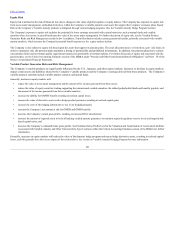 102
102 -
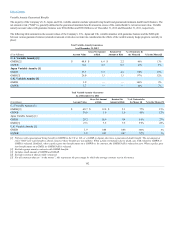 103
103 -
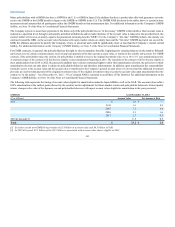 104
104 -
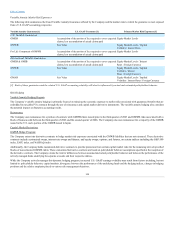 105
105 -
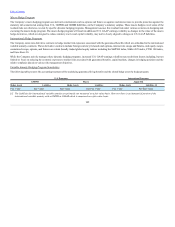 106
106 -
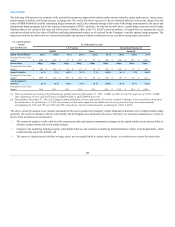 107
107 -
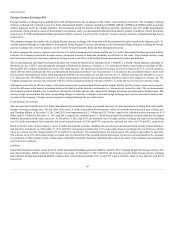 108
108 -
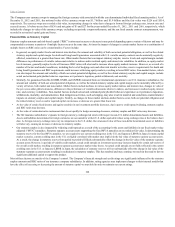 109
109 -
 110
110 -
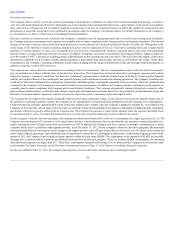 111
111 -
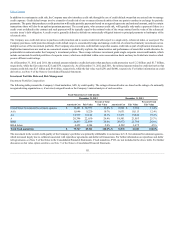 112
112 -
 113
113 -
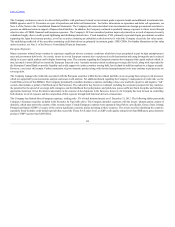 114
114 -
 115
115 -
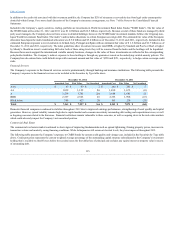 116
116 -
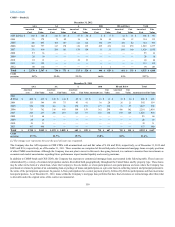 117
117 -
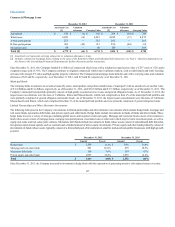 118
118 -
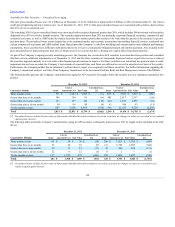 119
119 -
 120
120 -
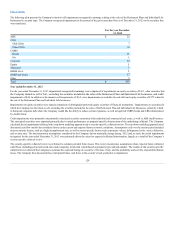 121
121 -
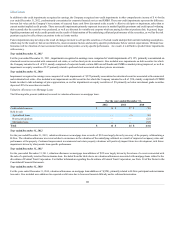 122
122 -
 123
123 -
 124
124 -
 125
125 -
 126
126 -
 127
127 -
 128
128 -
 129
129 -
 130
130 -
 131
131 -
 132
132 -
 133
133 -
 134
134 -
 135
135 -
 136
136 -
 137
137 -
 138
138 -
 139
139 -
 140
140 -
 141
141 -
 142
142 -
 143
143 -
 144
144 -
 145
145 -
 146
146 -
 147
147 -
 148
148 -
 149
149 -
 150
150 -
 151
151 -
 152
152 -
 153
153 -
 154
154 -
 155
155 -
 156
156 -
 157
157 -
 158
158 -
 159
159 -
 160
160 -
 161
161 -
 162
162 -
 163
163 -
 164
164 -
 165
165 -
 166
166 -
 167
167 -
 168
168 -
 169
169 -
 170
170 -
 171
171 -
 172
172 -
 173
173 -
 174
174 -
 175
175 -
 176
176 -
 177
177 -
 178
178 -
 179
179 -
 180
180 -
 181
181 -
 182
182 -
 183
183 -
 184
184 -
 185
185 -
 186
186 -
 187
187 -
 188
188 -
 189
189 -
 190
190 -
 191
191 -
 192
192 -
 193
193 -
 194
194 -
 195
195 -
 196
196 -
 197
197 -
 198
198 -
 199
199 -
 200
200 -
 201
201 -
 202
202 -
 203
203 -
 204
204 -
 205
205 -
 206
206 -
 207
207 -
 208
208 -
 209
209 -
 210
210 -
 211
211 -
 212
212 -
 213
213 -
 214
214 -
 215
215 -
 216
216 -
 217
217 -
 218
218 -
 219
219 -
 220
220 -
 221
221 -
 222
222 -
 223
223 -
 224
224 -
 225
225 -
 226
226 -
 227
227 -
 228
228 -
 229
229 -
 230
230 -
 231
231 -
 232
232 -
 233
233 -
 234
234 -
 235
235 -
 236
236 -
 237
237 -
 238
238 -
 239
239 -
 240
240 -
 241
241 -
 242
242 -
 243
243 -
 244
244 -
 245
245 -
 246
246 -
 247
247 -
 248
248 -
 249
249 -
 250
250 -
 251
251 -
 252
252 -
 253
253 -
 254
254 -
 255
255 -
 256
256 -
 257
257 -
 258
258 -
 259
259 -
 260
260 -
 261
261 -
 262
262 -
 263
263 -
 264
264 -
 265
265 -
 266
266 -
 267
267 -
 268
268 -
 269
269 -
 270
270 -
 271
271 -
 272
272 -
 273
273 -
 274
274 -
 275
275 -
 276
276 -
 277
277 -
 278
278 -
 279
279 -
 280
280 -
 281
281 -
 282
282 -
 283
283 -
 284
284 -
 285
285 -
 286
286 -
 287
287 -
 288
288 -
 289
289 -
 290
290 -
 291
291 -
 292
292 -
 293
293 -
 294
294 -
 295
295 -
 296
296 -
 297
297 -
 298
298 -
 299
299 -
 300
300 -
 301
301 -
 302
302 -
 303
303 -
 304
304 -
 305
305 -
 306
306 -
 307
307 -
 308
308 -
 309
309 -
 310
310 -
 311
311 -
 312
312 -
 313
313 -
 314
314 -
 315
315 -
 316
316 -
 317
317 -
 318
318 -
 319
319 -
 320
320 -
 321
321 -
 322
322 -
 323
323 -
 324
324 -
 325
325 -
 326
326 -
 327
327 -
 328
328 -
 329
329 -
 330
330 -
 331
331 -
 332
332 -
 333
333 -
 334
334 -
 335
335
 |
 |
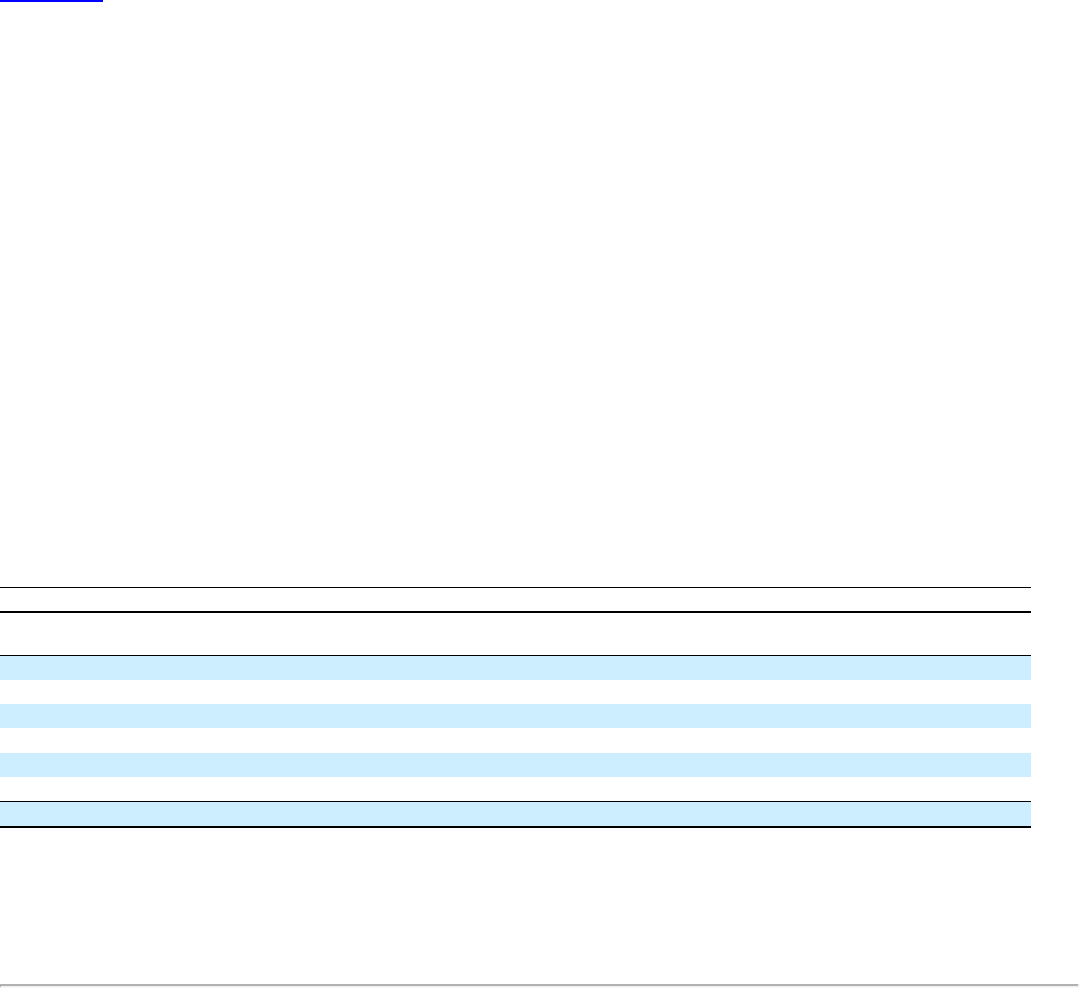
Table of Contents
In addition to counterparty credit risk, the Company may also introduce credit risk through the use of credit default swaps that are entered into to manage
credit exposure. Credit default swaps involve a transfer of credit risk of one or many referenced entities from one party to another in exchange for periodic
payments. The party that purchases credit protection will make periodic payments based on an agreed upon rate and notional amount, and for certain
transactions there will also be an upfront premium payment. The second party, who assumes credit risk, will typically only make a payment if there is a
credit event as defined in the contract and such payment will be typically equal to the notional value of the swap contract less the value of the referenced
security issuer’s debt obligation. A credit event is generally defined as default on contractually obligated interest or principal payments or bankruptcy of the
referenced entity.
The Company uses credit derivatives to purchase credit protection and to assume credit risk with respect to a single entity, referenced index, or asset pool. The
Company purchases credit protection through credit default swaps to economically hedge and manage credit risk of certain fixed maturity investments across
multiple sectors of the investment portfolio. The Company also enters into credit default swaps that assume credit risk as part of replication transactions.
Replication transactions are used as an economical means to synthetically replicate the characteristics and performance of assets that would otherwise be
permissible investments under the Company’s investment policies. These swaps reference investment grade single corporate issuers and baskets, which
include customized diversified portfolios of corporate issuers, which are established within sector concentration limits and may be divided into tranches which
possess different credit ratings.
As of December 31, 2012 and 2011, the notional amount related to credit derivatives that purchase credit protection was $ 2.2 billion and $1.7 billion,
respectively, while the fair value was $21 and $36, respectively. As of December 31, 2012 and 2011, the notional amount related to credit derivatives that
assume credit risk was $2.7 billion and $3.0 billion, respectively, while the fair value was $(29) and $(648), respectively. For further information on credit
derivatives, see Note 6 of the Notes to Consolidated Financial Statements.
Investment Portfolio Composition
The following table presents the Company’s fixed maturities, AFS, by credit quality. The ratings referenced below are based on the ratings of a nationally
recognized rating organization or, if not rated, assigned based on the Company’s internal analysis of such securities.
United States Government/Government agencies $10,481 $10,975 12.8%$8,901 $9,364 11.4%
AAA 8,646 9,220 10.7%9,631 10,113 12.4%
AA 14,939 16,104 18.7%15,471 15,844 19.4%
A20,396 22,650 26.4%19,501 21,053 25.7%
BBB 20,833 22,689 26.4%20,972 21,760 26.6%
BB & below 4,452 4,284 5.0%4,502 3,675 4.5%
The movement in the overall credit quality of the Company’s portfolio was primarily attributable to an increase in U.S. Government/Government agencies,
which increased largely due to collateral associated with repurchase agreements and dollar roll transactions. For further information on repurchase and dollar
roll agreements, see Note 6 of the Notes to the Consolidated Financial Statements. Fixed maturities, FVO, are not included in the above table. For further
discussion on fair value option securities, see Note 5 of the Notes to Consolidated Financial Statements.
111
